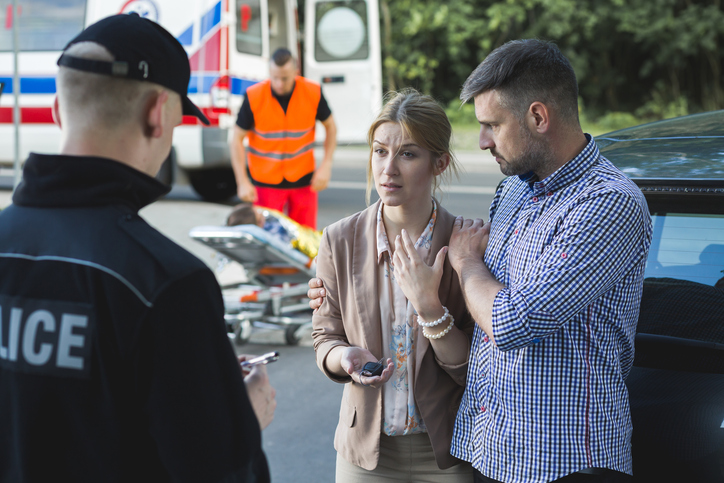
Car accidents are an everyday reality in busy New York City and the surrounding areas. If you experience injury or property damage and another driver was at fault, you need to take action in order to receive the compensation to which you are entitled. The best way to do that is to speak with an experienced New York car accident lawyer.
Who needs a lawyer after a crash?
Not every car crash requires an attorney, but in many cases, it is advisable to at least consult with one to learn about your legal options and see how much your case might be worth.
Speak with an attorney if you have suffered any injuries in the crash or if your property damage is more than minimal. Even if you do not have an obvious injury like a broken bone, it is smart to talk to a lawyer if you have pain afterward. An attorney can speak from professional experience, providing informed analysis of your situation and offering advice on how to proceed.
It is common for certain types of injuries, especially soft tissue injuries or even brain injuries, to worsen and become more apparent over time. Your well-being and your personal injury claim will both be better off with an early evaluation because it not only documents your physical pain but can also improve your prognosis by allowing medical professionals to find and treat issues that could become worse without treatment.
Your New York car accident injury attorney can help guide you through this and other steps to protect your rights.
How an NYC car accident lawyer can increase the compensation you recover
Injured claimants in New York City who have a skilled attorney representing them typically receive higher compensation than those who represent themselves because your lawyer:
- Knows how to fully value a claim, taking into account long-term losses and flaws in insurance company claim estimation programs
- Explores theories of liability (and, therefore, avenues of compensation) that non-attorneys often overlook
- Provides confident advocacy when dealing with other parties’ representatives
- Handles communications with insurance company representatives and others who may try to distort your statements or unfairly low-ball the value of your claim
- Carries a professional reputation – insurance companies know which attorneys are willing to bring a case to trial and will play fewer games trying to nickel and dime their clients’ claims
Protect your rights after a crash
If your car crash was just a minor fender bender with no substantial damage and no physical pain, you might not need an attorney to represent you. But if there was anything more than this, you should call the police to report the crash and then seek medical attention. Next, speak with an NYC car accident lawyer as soon as possible.
The attorneys at Friedman, Levy, Goldfarb & Green proudly serve those in Manhattan and the greater NYC area who have sustained injuries in auto accidents caused by someone else’s negligence. Call Friedman, Levy, Goldfarb & Green today to arrange a case evaluation. Consultations are always free and confidential.



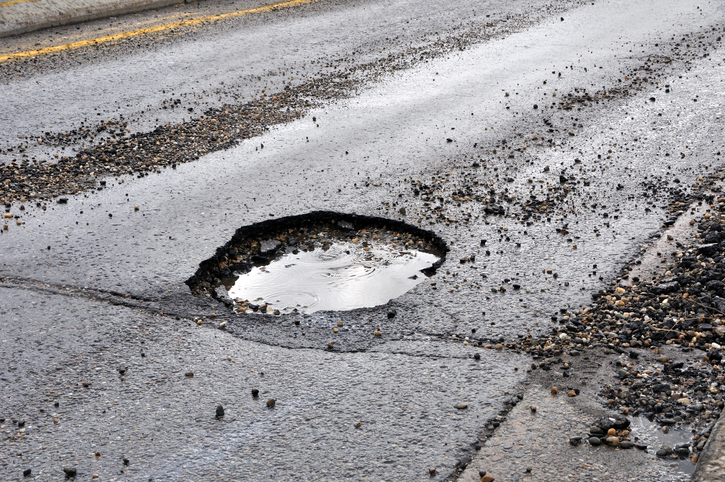
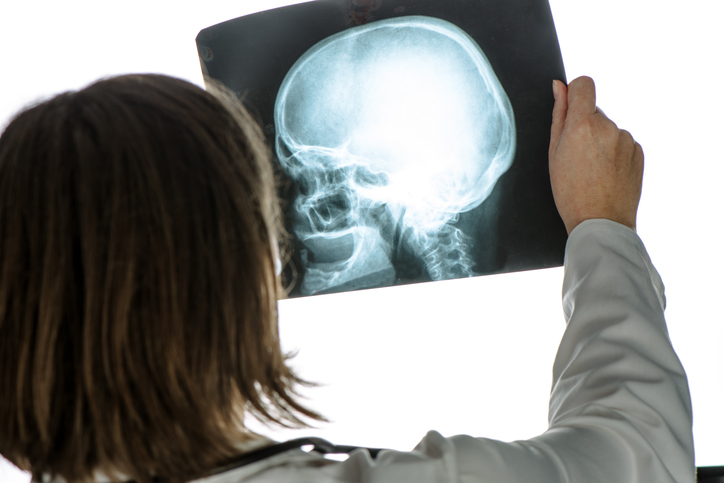
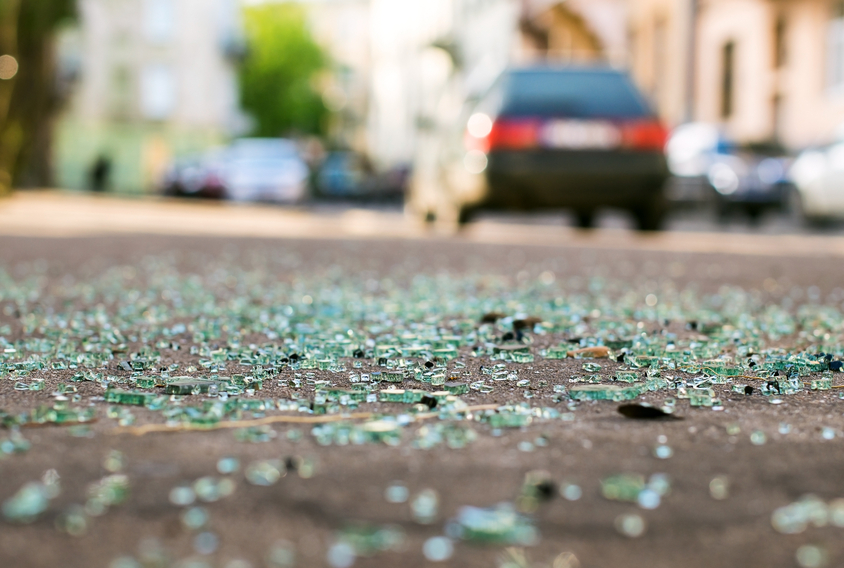
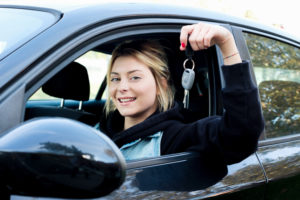 According to statistics from the National Safety Council, half of all adolescents will be involved in a car accident before they finish high school. Getting a driver’s license is a rite a passage for teenagers, but just because they are legally able to get behind the wheel doesn’t mean they are safe drivers. Good driving skills take time, practice and patience to build, but beyond setting a good example, what can you do to keep your kids safe on the road?
According to statistics from the National Safety Council, half of all adolescents will be involved in a car accident before they finish high school. Getting a driver’s license is a rite a passage for teenagers, but just because they are legally able to get behind the wheel doesn’t mean they are safe drivers. Good driving skills take time, practice and patience to build, but beyond setting a good example, what can you do to keep your kids safe on the road?




